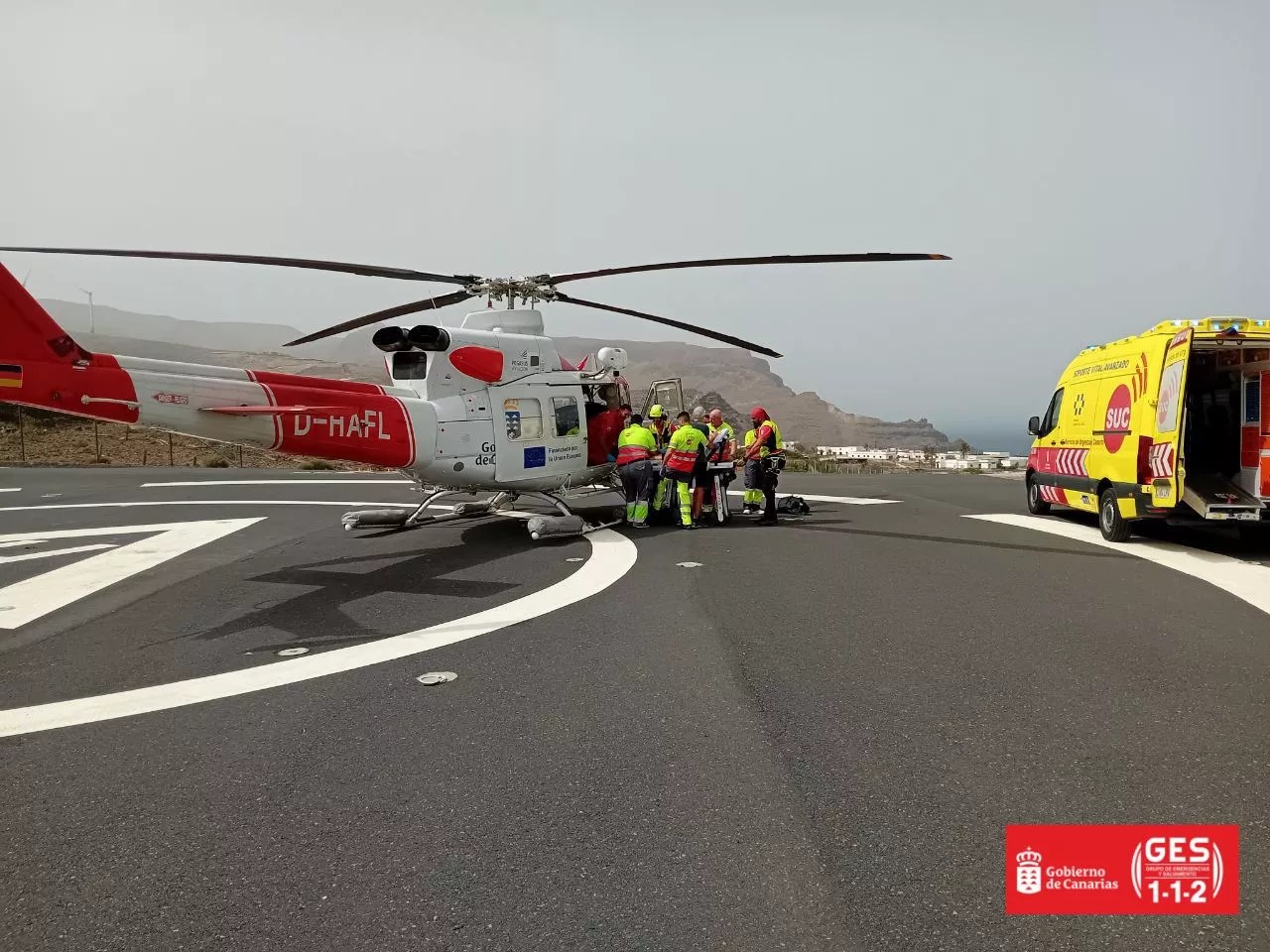Aena is considering the Tenerife Railway Projects during the extensions of the two airports on this island, as announced by the president of the Cabildo, Rosa Dávila following a meeting with the leadership of the public organisation yesterday.
More precisely, the airport operator is considering the establishment of transport interchanges at key locations to facilitate connections between guaguas, taxis, trams, and trains, which will optimise travel durations and diminish the reliance on private vehicles.
For the South Train, the proposed solution involves the construction of a tunnel or cavity where the train station will be situated, as outlined by the Cabildo de Tenerife in a statement.
Rosa Dávila has announced that there will be a meeting next Wednesday, February 12, with the Secretary of State for Transport, José Antonio Santano, with the objective of advancing the integration of both Tenerife and Gran Canaria rail systems into the Railway Network of General Interest.
She emphasised that Aena is “a strategic partner” with whom they maintain regular bilateral meetings “to ensure that airport expansions not only meet the island’s requirements but also integrate with the various land transport modalities that the current government team is working on.”
In this context, “key projects” have been proposed, such as the South Train, which will have an initial phase linking San Isidro with Costa Adeje, as well as the tram extension to the North-City of La Laguna airport.
During the working meeting held yesterday with AENA’s management, the investments allotted to the two Tenerife airports were detailed, noting that 80% of the airport operator’s budget for the Canary Islands is designated for Tenerife, which Dávila described as “a historic and unprecedented investment.”
The Cabildo president also commended AENA’s commitment to incorporate rail projects into the enhancement and expansion efforts for both the North and South airports, stating that this will not only accommodate the increasing passenger demand but also presents “a unique opportunity to enhance mobility and alleviate road congestion.”
Rosa Dávila indicated that the technical project for the new Tenerife Sur Terminal is expected to be completed by the end of the first half of the year, enabling the initiation of administrative and environmental procedures, with plans to commence tendering in 2027 under Dora III, while the Tenerife Norte project will be delayed by six months.
The Cabildo de Tenerife stresses that, in addition to railway initiatives, other measures are being considered to enhance the island’s mobility, including the construction of a third lane on the TF-5 between Guamasa and the link to the North Tenerife airport, aimed at improving accessibility and reducing peak hour traffic congestion.
This project has an estimated investment of 50 million euros and is awaiting the environmental impact report to proceed with the tender process.
Additionally, the Cabildo plans to improve the TF-1 links with the South Tenerife airport. Specifically, a reorganisation of access and parking is proposed within the framework of an overall airport renovation, with an investment of 300 million euros included in the Airport Regulation Document (DORA) III (2027-2031).
To curtail the number of private vehicles travelling to the airports, the Cabildo de Tenerife is focusing on enhancing public transportation options.
At present, Titsa operates various bus routes connecting the airports to different areas of the island and is examining the possibility of expanding these services and increasing their frequency.
A further strategy to improve land connectivity with airports involves the creation of transport interchanges, allowing easier connections between various modes of transportation, as already indicated in the upgrade and modernisation projects.
Similarly, enhancements to the TF-1 connections with the South Tenerife airport will also be pursued, which involves reorganising access and parking within the airport refurbishment plan, with an investment of 300 million euros outlined in the Airport Regulation Document (DORA) III (2027-2031).
















